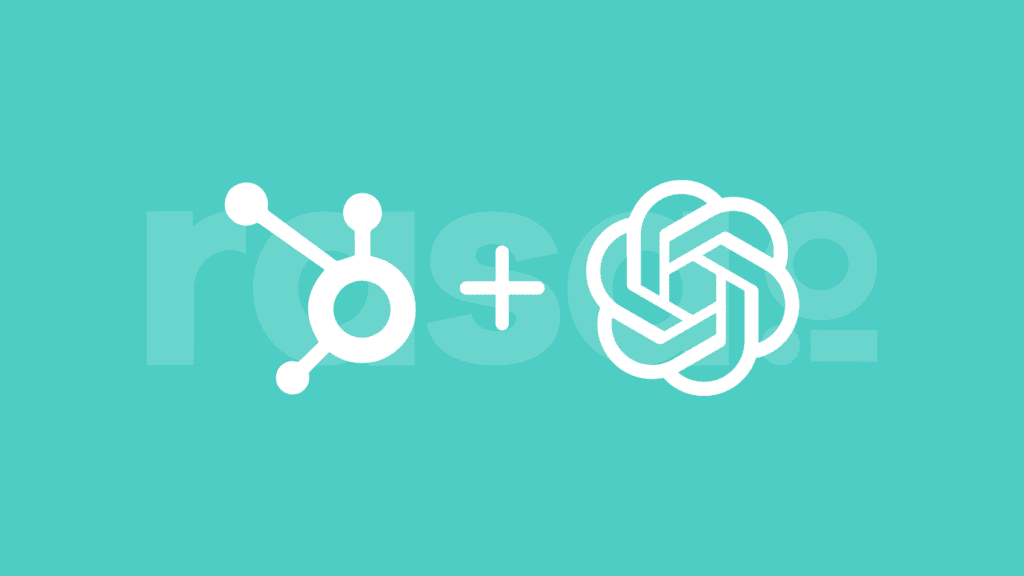Design thinking is a powerful problem-solving methodology that has been gaining popularity in recent years across various industries.
At its core, design thinking focuses on empathizing with the end-user, defining the problem, imagining potential solutions, prototyping/testing to refine those solutions, and implementing the best one.
While design thinking initially gained prominence as part of product design, it has expanded to other fields, including marketing, sales, and customer success.
How the design thinking process has become an essential element of marketing success
Design thinking is essential to any marketing or sales campaign because it allows businesses to understand customers’ needs and wants. Companies can design solutions that meet their customers’ needs by empathizing with the end-user and defining the problem. That is particularly useful in the current “experience age,” as customers often have access to more choices than ever, and businesses must differentiate themselves from their competitors to survive.
The downside to the design thinking process is that, although it is a practical methodology for problem-solving, it can be time-consuming and resource-intensive. That’s where Artificial Intelligence (AI) comes in. AI can help businesses streamline the design thinking process and gain more efficient insights into customers’ needs and desires.
How AI helps in the design thinking process
When it comes to design thinking skills, AI can improve the quality of the process, reduce time and effort, and enhance the overall user experience. In addition, AI can offer insights into user behavior and preferences, identify patterns and trends, and generate new ideas and solutions.
One of the ways that AI can help with the design thinking process is by analyzing large amounts of data and identifying patterns and trends that can inform decisions. That can include data on user behavior, preferences, feedback, market trends, and competitor activity. By analyzing this data, marketers better understand user needs and preferences and develop more targeted and practical solutions.
AI can also help generate new ideas and solutions by analyzing user data and generating those ideas based on user preferences and behaviors. These tools can help designers explore new concepts and quickly test and iterate on them, leading to more innovative and effective solutions.
Furthermore, AI assists in the prototyping and testing phase of the design thinking process. AI-powered prototyping tools can quickly create and test multiple design variations, reducing the time and effort required to develop prototypes manually. AI can also analyze user feedback and identify improvement areas, helping designers refine their designs and create more user-friendly solutions.
While many of these design thinking examples, using the design thinking skills of AI, are often used in product design and development, there are other practical applications as well.
For example, at rasa.io, we use an AI design thinking framework to help businesses better understand their customers’ interests and preferences to create a better newsletter design and achieve overall marketing goals.
How rasa.io is utilizing AI and the principles of design thinking to create better newsletters
The rasa.io platform utilizes AI technology to identify the specific interests of every subscriber, allowing organizations to curate newsletters tailored to each individual’s wants and needs. That is the first step of the design thinking process – empathizing with the end-user – and using AI to attain this information can make the process more efficient and effective.
Businesses can build stronger customer relationships by curating newsletters tailored to each individual’s interests.
Newsletters are an excellent way to keep subscribers engaged and informed. Using AI to personalize those newsletters, businesses can show their customers that they understand their needs and value their interests. That not only helps organizations retain existing members but also attracts new ones.
In addition to curating personalized newsletters, our AI technology helps organizations gain valuable insight into customer preferences and behaviors. By analyzing data from newsletter engagement and other sources, you can better understand what your subscribers are interested in and what they respond to. You can use this information to inform future marketing and sales strategies and program, service, or product development.
Combining design thinking with email newsletter marketing and AI is a powerful way for businesses to differentiate themselves from their competitors and build stronger relationships. At rasa.io, we’ve realized that when you combine these three components, you have the essential elements for a successful marketing strategy that engages your audience, retains existing subscribers, encourages growth, and, ultimately, helps your agency or organization to achieve its goals.
This winning combination allows organizations to gain a deeper understanding of subscribers’ needs and desires, build stronger relationships, and ultimately enable them to differentiate themselves from their competitors.
As technology continues to evolve at a lightning-fast pace, the use of AI in design thinking and marketing will become more and more prevalent. Therefore, businesses, agencies, and organizations embracing this technology will be well-positioned for success in the years to come.












